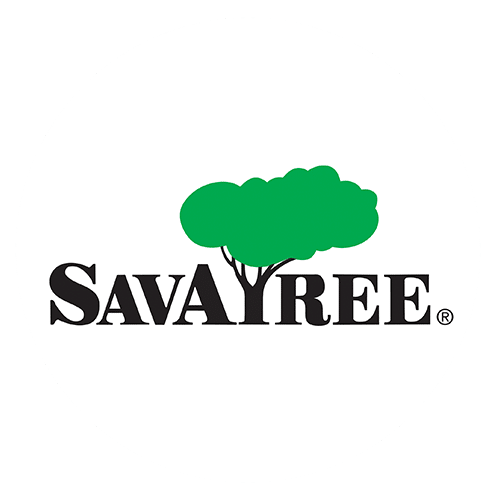Destin, FL Tree Service
Reddick, FL Tree Service
7900 W Hwy 316
Reddick, FL 32686
(352) 591-3642
[email protected]
Sarasota, FL Tree Service
1718 Independence Boulevard, Unit D
Sarasota, FL 34234
(941) 279-4100
[email protected]
Tampa, FL Tree Service
4902 16th Avenue SouthTampa, FL 33619
(813) 336-6700
[email protected]
Florida Commercial Tree Care
SavATree also provides commercial tree and plant health care programs that can maintain the beauty, health and safety of the trees and shrubs on your business property. We have over 20 years of experience working with commercial and municipal properties including historic properties, corporations, golf courses, property management firms and homeowners associations. If you are ready to schedule an appointment with a certified arborist in Florida, call us today!





